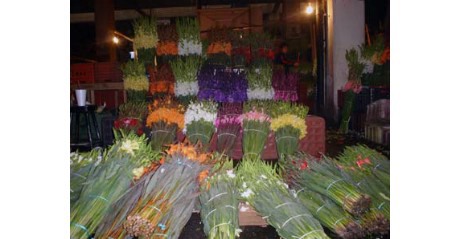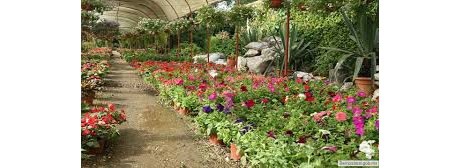
"In south Mexico the ornamentals are produced in the open field, specialized small greenhouses and advanced plastic greenhouses" says Hoeksema. "The majority of the flowers are cultivated in the open field and in small greenhouses by small family businesses. The ornamentals are distributed to the local market, this is about 60%", says Hoeksema. The flowers that are produced in more advanced greenhouses, like Hoeksema's, are mainly distributed in the south east of Mexico, this is about 38%. The remaining 2% probably comes from the only flower exporter in that region. "In this region, I only know one ornamental grower who exports its flowers to other countries and that is ChiapasFlower", says Hoeksema.

Over the last years, the government and the Dutch Embassy promoted the production and export of vegetables and flowers in the middle of the country, according to their “golden circle” model; which basically means large scale highly specialized production areas. "Especially, the vegetable sector has been promoted drastically (for example the Agroparque, Querétaro), because of the fact that many products are distributed to big cities (Mexico City and Guadalajara) or exported to the US", says Hoeksema. However, increasingly more is being invested in the ornamental sector. "The government established several small greenhouses." This, however, was done without any success. "The growers lack knowledge, there is no organization, the infrastructure is not well either. Moreover, there are no large flower auctions", says Hoeksema.
Even though these unsuccessful governmental activities and other possible disadvantages, Hoeksema still believes in the potential for the Mexican ornamental sector to grow. "In Mexico, many villages specialize in one product; for example the village Villa Guerrero in the State of Mexico is the heart of cut flower production and Berriozabal in Chiapas for pot plants". According to Hoeksema, this offers opportunities for the educational support of the growers. Then, greenhouse specialists from abroad can be sent to villages to give workshops to the entire community. "Growers will be able to cultivate more efficiently producing higher quality products. Consequently, they will probably enter different countries (especially the US) with their ornamentals", concludes Hoeksema.
